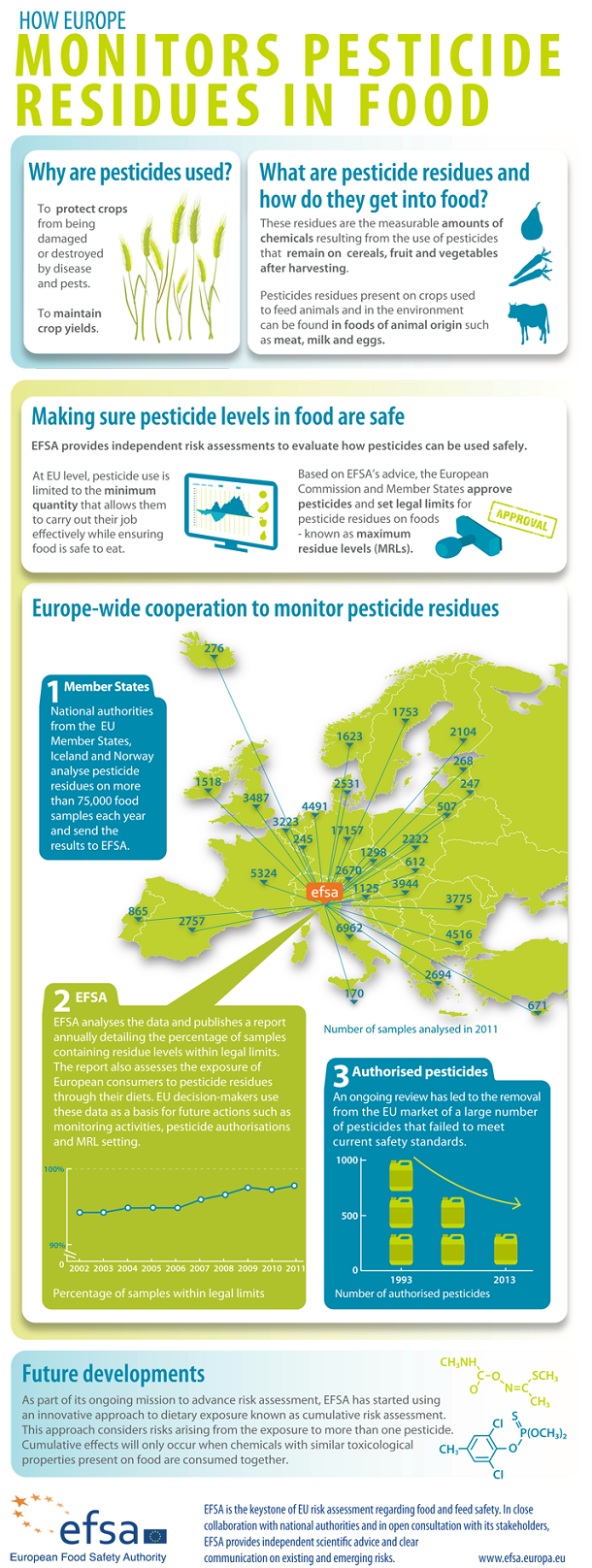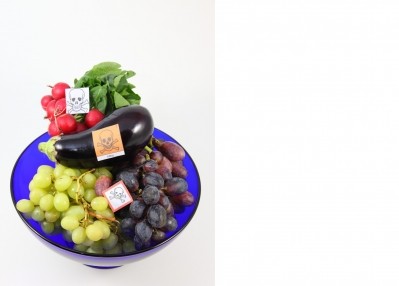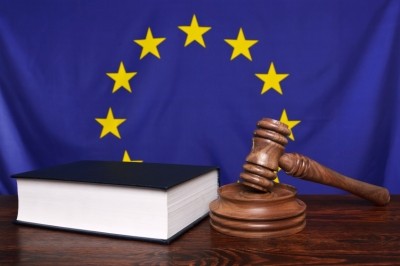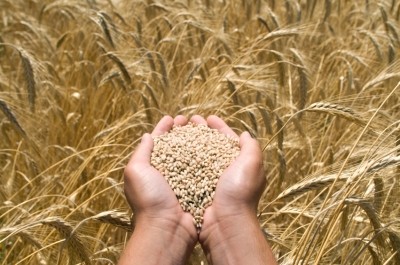Infographic: How Europe monitors pesticides in food
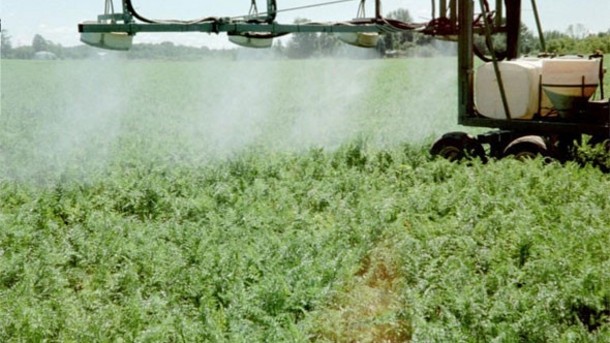
The EU pesticides report, published by the European Food Safety Authority (EFSA) yesterday, revealed the results of crop and food monitoring from 29 European countries (27 Member States plus Iceland and Norway) throughout the year of 2011.
As part of this comprehensive monitoring exercise, each of the 29 reporting countries conducts two control programmes: a national programme designed by each country and an EU-coordinated programme requiring all national bodies to carry out consistent monitoring activities.
For both programmes in 2011, a record total of 79,035 samples of 647 different types of food were tested for the presence of nearly 900 pesticides. The residue analysis focussed on both pesticides approved for use in the EU and those not used in the region.
The results of the EU coordinated programme showed that 98.1% of the samples analysed contained residue levels within permissible limits and that 53.4% of samples contained no measurable residues at all. For further details of the report, check out FoodNavigator's coverage of the report (here) or the original report (here).
The infographic below shows how EFSA and Member States work together to monitor residues of these substance.
